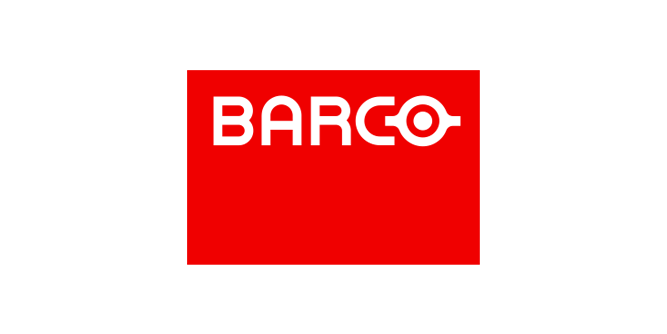PCI, based on the actual requirements of the Liuzhou Cale Star Planet Theme Park project, has chosen the QSC Q-SYS audio system to build a complete park broadcasting and performance system.
The entire system utilizes a gigabit local area network to centralize various park audio business modes with regional and temporal intersections into a software platform for unified management. It can remotely monitor all devices, achieve collaborative cooperation among multiple systems, and fully meet the practical needs of the current amusement park development.
The audio system includes: Park Broadcasting BGM System, Individual Project BGM System, Parade System, and Performance System. The Performance System is further divided into Regional Performances and Parade Performances.
The project uses two QSC Core 1100 processors, set up in a primary and backup configuration, as the main hosts for the park broadcasting system. It employs 19 QSC CXD4.3Q power amplifiers and 2 QSC Core 500i as the main hosts for the parade system. Additionally, 28 QSC Core 110f units serve as the main hosts for various individual projects, and 36 QSC TSC-3 panels along with two TSC-7w units constitute the playback controllers for individual projects and the broadcasting room.
Each individual project is managed by the QSC Core 110f main host system, and communication between Core 1100 and Core 110f is achieved through the technology of core-to-core streaming.
The five major themed areas and entrance area play different themed background music. Some themed areas include outdoor stage performance areas, where the speakers of surrounding individual projects coordinate with the stage speakers to achieve unified playback without causing audio confusion. The broadcasting room can monitor the equipment status of the entire amusement park in real-time and listen to the playback content in various areas. The broadcasting room is equipped with two PS-1600 call stations. Utilizing the recording function of the Q-SYS system, operators record standard broadcast phrases into the hard drive of the CORE host and play them back through the control interface of the TSC-7 to ensure the accuracy of each playback. This setup allows broadcasters to choose regions for broadcasting, select between recorded and live broadcast modes, and use the recording playback button to listen to recorded content for quality assurance. The system also features a scheduled playback function to accommodate different opening times on holidays and weekends. Each individual project can play its own background music, and the option to select the park's FM frequency offers four different modes.
On each individual project's main host in the entire park, Q-SYS processors are used to remotely monitor and operate devices. The status of each device is displayed on the monitoring computer, and control rooms in different areas show relevant device statuses. In case of a malfunction, red lights are displayed on the control room's control screens. Two versions of monitoring desktops have been implemented for real-time monitoring.
Each cabinet is equipped with QSC CXD-Q network amplifiers, with the CORE host directly sending audio signals to the amplifiers via the network, saving a significant amount of line loss. To achieve better audio quality, apart from the music in the stage performance area, other individual projects or park areas use the lossless audio player built into the CORE host for music playback, synchronized and controlled through AES67.
The entire system adopts a dual-host, dual-network architecture to ensure system stability. All system devices can be monitored through the interface with monitoring speakers. The broadcasting room can listen at any time, using the QSC PS1600 call station for one-click playback of pre-recorded audio. All audio signals can be intuitively monitored through the interface.





















